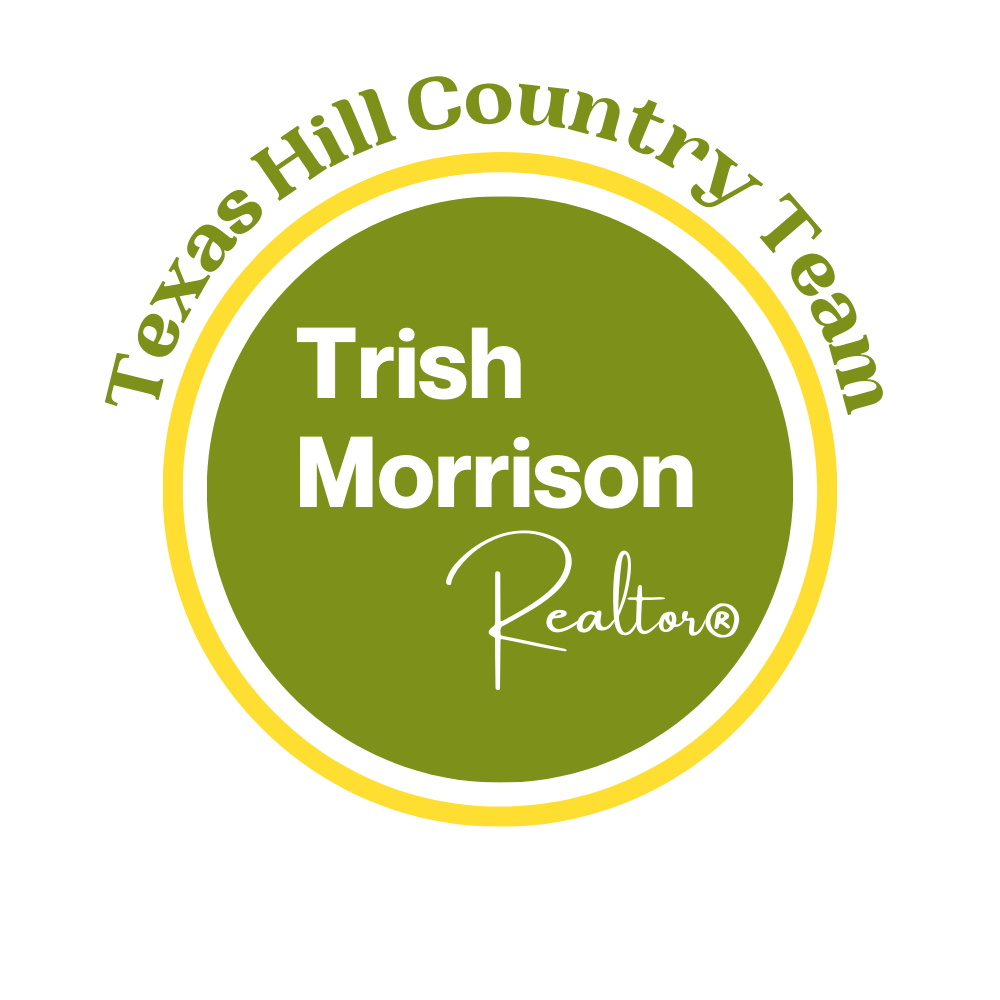The symbols of suburban security—surveillance signs and cameras, and chain-link fences—are front and center in “Won’t You Be My Neighbor,” a new exhibition by Austin-based artist Ben Siekierski at McLennon Pen Co. Gallery. Running from December 13 to January 11, the show examines the unease embedded in the landscapes we call home.
Siekierski, 29, has rented with roommates in Austin’s Tarrytown neighborhood for about a year. To him, the affluent enclave feels detached from the rest of the city, cut off by MoPac Expressway and rarely visited without a specific purpose. “It’s like its own little island over there,” he says, referencing landmarks like Deep Eddy Pool and Deep Eddy Cabaret as the few reasons outsiders might venture in. But what intrigues Siekierski most is the neighborhood’s pervasive sense of security, reflected in its fortifications.

Exploring suburban anxieties through art and surveillance
“All these houses are kind of fortified,” he notes. “There’s ADT over here, and there’s cameras everywhere—it’s like these mini fortifications in this wealthy neighborhood.” For the artist, whose car’s squeaky suspension contrasts starkly with the G-Wagons parked in nearby driveways, the dynamic between wealth, surveillance and exclusion offers a rich lens for his exploration of suburban anxieties.
Upon entering the gallery, visitors are confronted by a chain-link fence topped with barbed wire, alongside a neighborhood watch sign. Artificial grass carpets the floor, interrupted by patches of dirt littered with discarded trash, evoking a neglected yard. Perched atop the fence is a taxidermy pigeon clutching a Swiss Army knife in its claws, an eerie sentinel that both mocks and mirrors the vigilant systems of surveillance below. The combination of these elements transforms the space into a fragmented reflection of the suburban anxieties Siekierski seeks to interrogate.
Layers of anxiety and ambiguity
A highlight of the exhibition is “If I could lay here,” a large oil painting that immerses viewers in layers of densely rendered grass. “This is one of my favorite paintings,” said Jill McLennon, owner of McLennon Penn Co. Gallery. “The grass kind of like eats you up. And then there’s this hand—it’s kind of ambiguous. You don’t know if it’s someone lying in the grass, gesturing towards something welcoming, or if they’re passed out.”
For Siekierski, the painting process became an almost meditative exercise. “While I was painting it, it was like, when you say the same word over and over again, it starts to lose its meaning,” he explains. “Getting hyper-detailed with this, like, grass and painting the blade of grass—it kind of started to become abstract, even in its specificity.”
McLennon, who first encountered the painting in Siekierski’s studio, recalls being struck by its scale and detail. “I was really impressed when I went to his studio at the scale. I love how the grass kind of takes you in. It kind of envelops you.”
Snakes and forgotten creatures
The exhibition also features a series of snake drawings titled “Coiled,” “Knotted,” and “Twisted,” inspired in part by Siekierski’s personal history. “The high school he went to, it was a brand-new building,” McLennon explains. “And they couldn’t open it on time because it was infested with snakes. They were, like, falling out of the ceiling and stuff.”
The snake imagery also became a metaphor for the artist’s own feelings. “The first painting I did, I was kind of thinking of myself as like a knotted-up snake for a while,” Siekierski says. “Like, I was tying myself together in all these knots and kind of raging against it, even though, I guess, I felt like I put myself in the situation.”
The artist’s fascination with animals extends to pigeons, which appears in his fence installation. “Pigeons are so interesting because they’re kind of like this abandoned domesticated animal,” he explains. “Like, all the pigeons that we see around were once as ubiquitous as dogs because people used them as homing pigeons. As we invented the telegraph and more municipal postal services, we just stopped using pigeons. And now they’re kind of like this animal that’s still domesticated, and now they just kind of live in our cities, and we kind of just forgot about them.”

Interactive installations and soundscapes
In the backyard of the McLennon Pen Co. Gallery, visitors will find a nest of Bird scooters, available for riders. Within the nest, a speaker plays a looping soundtrack of Central Texas bird calls, specifically the calls birds make when searching for others. “These scooters are on the map, so people could come and go off and take them to ride,” says gallery owner Jill McLennon. Siekierski adds, “I was trying to find a lot of distressed calls, thinking about the noise of someone trying to steal a Bird scooter.”
Though Siekierski’s formal training at the Rocky Mountain College of Art and Design (RMCAD) focused on sculpture and ceramics, “Won’t You Be My Neighbor” marks his first major painting exhibition. “RMCAD was so small that it was pretty interdisciplinary,” he says. “We had to take everything, but my focus was sculpture and ceramics.” The shift to painting required a different approach. “Painting felt rigid at first,” Siekierski admits. “A lot of these works are almost like collages of things I see. It was a lot of trial and error before I got to the painting process.”
For Siekierski, the works in his latest exhibition reflect his perspective as an observer in a neighborhood filled with barriers and watchful eyes. “Won’t You Be My Neighbor” runs through January 11, 2025, at McLennon Pen Co. Learn more about the exhibition at their website.
RELATED: How Austin Artist Dawn Okoro Painted Her Way to International Success
The post Austin-Based Artist Ben Siekierski’s “Won’t You Be My Neighbor” Opens at McLennon Pen Co. Gallery appeared first on Tribeza.








